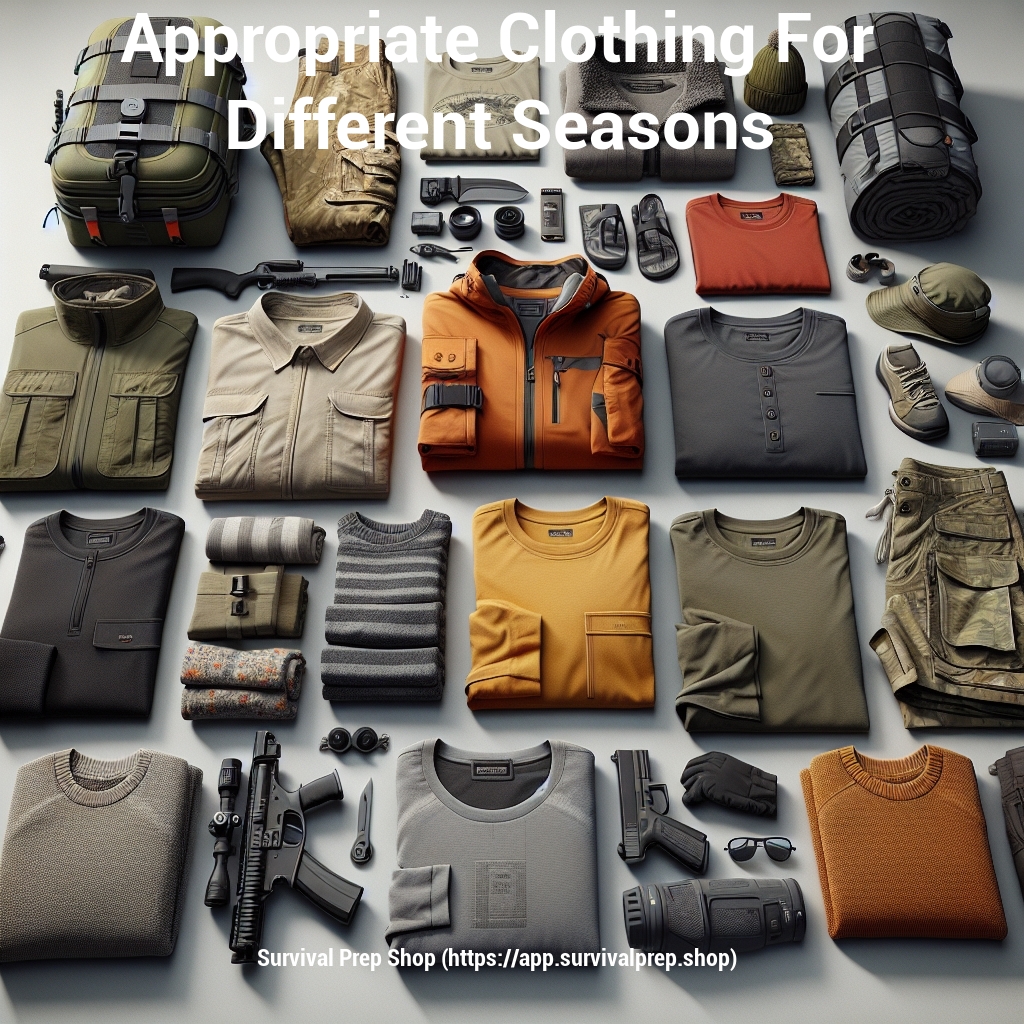
Hello everyone, and welcome to the Survival Prep Shop.
My name is TK and it’s my pleasure to welcome you to our shared exploration of preparedness and resilience group.
As we delve into today’s topic, please bear in mind that these words are a blend of my own thoughts and life lessons.
It’s very easy to forget about clothes when packing your bug out bag. Everyone’s so focused on the fire starters and the knives that they forget to think about what you’ll wear when the seasons change.
If the emergency situation that arises lasts more than half a year, you’ll find yourself stuck in the wrong clothes if you didn’t pack with the future in mind. You may have bugged out in December, and by the time May rolls around, you’re stuck in clothes that are way too warm.
Some clothes aren’t suitable for outdoor survival. Packing the right lightweight clothes will make your survival experience a bit more comfortable, reducing the chance for heat stroke or frostbite.
First, you want to make sure that your clothes are appropriate for the environment that you live in. If you’re from Texas, maybe you should pack more warm weather clothes than you should cold weather.
If you live in Minnesota, you should probably pack for some colder weather. Columbia’s Silver Ridge pants work well in most environments, excluding the extremes. For colder, windier days, they’ll keep you warm enough.
They keep water off of you very well on rainy days, and the pant legs unzip into shorts when it gets hot. They also have plenty of pockets to store devices or multitools. Next, your shirt should be breathable and protect you from the sun.
It should also be comfortable and not restrict any movement. The Columbia Tamiami II is a great option for warmer weather. It’s made of lightweight polyester, and ventilated in the back.
This helps keep you cool by allowing warm air to flow out and cold air to take its place. The Columbia Bonehead may be a better option for winter wear, because it’s made of cotton instead of polyester.
The cotton shirt is much better at holding in heat. Finally, you’ll need something for the colder days. Different parts of the world have different thresholds for what’s cold and what’s hot, but there’s a good middle ground.
The Columbia Steens Mountain fleece jacket is exactly what most people need. This may not be the right jacket for people in snowy areas during winter, but for most chilly days, this jacket will do just fine.
It will keep you comfortable and dry quickly. It comes in a variety of colors and sizes, and will keep you comfortable down to about 30 degrees Fahrenheit. Your best bet is to learn how to layer so that you’re warm when it’s cold and have the ability to cool off when it’s hotter outside.
I hope you walk away from this article feeling a bit more equipped and inspired.
Your engagement means the world to me.
I look forward to our next discussion.
Until then, happy prepping! Thanks again.
TK – Survival Prep Shop
— Don’t forget to check out our YouTube channel — Click here —
